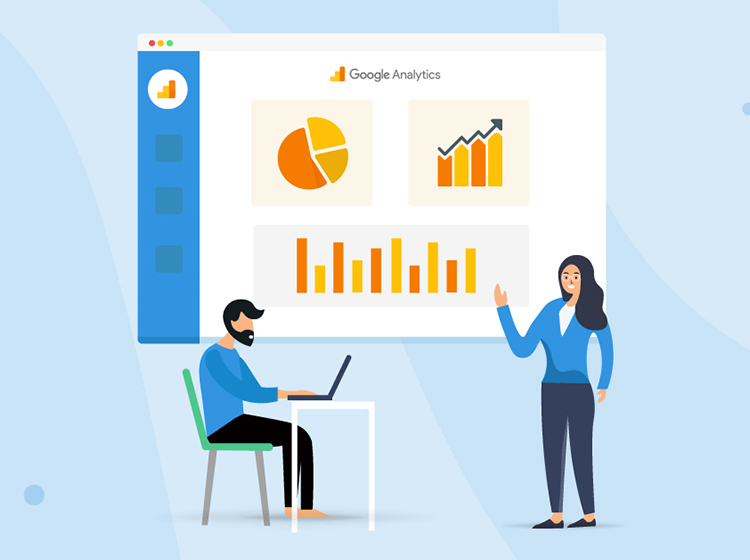Metrics and analytics data are two of your company's most significant tools. These figures effectively indicate you how well your company is doing, where it stands in the market, and what improvements you should do. There are a number various approaches you can take when sharing analytics data with clients.

The first step in providing data and establishing metrics is to choose the appropriate medium. You can send information via email, but it's common for information to be lost, misconstrued, or never received at all.
A conference call is a step in the right direction toward better communication. Instead than waiting for an email to be read, you'll be able to communicate information in real time. To take things a step further, employ screen-sharing software and a video conference to ensure that the client fully comprehends the information you're delivering.
What we communicate with others is just as important, if not more important, than how we communicate with them. The improper communication approach might lead to misunderstanding and knowledge gaps. To ensure the success of your message, choose the best method for disseminating information.
Before we get into creating metrics, it's vital to understand the distinction between the phrases "target" and "metric," as the two are sometimes used interchangeably. Remember that a metric is a measurement (like the metric system?) and a goal is, well, a goal. It's something to aim for. That goal will be measured by your metrics.
It's a goal if you want to get 1,000 web subscribers in three months. Your statistics will reveal that only 600 people signed up for your website. You haven't achieved your objective, but by evaluating your metrics, you can revise it and take the required actions to ensure its achievement.
Your objectives will differ depending on a variety of things, but for the purposes of this essay, we'll focus on a client that wants to increase site traffic on a website you maintain. Let's imagine the client wants a 50% increase in traffic in the next six months. They already have roughly 4000 users on a daily basis. That means you'll need to raise traffic by 2000 users each day during the following six months.
What kind of objectives do you have for this project? Let's start with the desired result: a 50 percent increase in traffic. What drives visitors to the client's website? Is their product marketable? Is this a useful blog? It's critical to think about the content you want users to see.
Examine your statistics. Show the customer how many people visit their site, how long they spend there, the most popular goods or pages, and how their external links attract traffic to the site.
When working with clients, analytics data is your best friend. It's impossible to find a path to the new goal without a clear image of what's already working and what doesn't.
Analytics are quite easy to collect if you run a website or app. In truth, Google Analytics Tool is a service that you may use to track any website or app. This useful tool will track the traffic to your website as well as other data that you can use to set goals and make necessary modifications to the site or app.
The method of getting analytics data on a website or product is usually automated, so you don't have to do much in terms of gathering the data; instead, you must focus on what you do with it. Clients will understand what direction they need to go and how you can work together to get there if you share this information with them.
The introduction of AI, or artificial intelligence systems, into the corporate sector on a variety of fronts, from financials to marketing, has been one of the most fascinating developments in recent years. Artificial intelligence has a unique ability to manage and learn from specific tasks.
This comprises measurements and analytics. Setting metrics and examining analytics data will be easier than ever before thanks to AI, which will not only analyse user behaviour and marketing performance but also learn from mistakes and provide better methods to drive more traffic and convert leads into paying customers. That's quite impressive.
When delivering analytics data to a consumer, one thing to keep in mind is that presentation is everything. As a result, sharing data in person or via screen sharing software and a video conference is the ideal option. Connecting with the client is half the battle, and doing it via email or phone call is considerably more challenging.
Metrics and analytics are important tools for tracking business performance and informing clients about the success of products, marketing efforts, and lead turnaround times. Analytics will undoubtedly continue to transform the way we do business as AI technologies improve.
Sharing with your clients necessitates the use of the appropriate media. Always make an effort to demonstrate your clients the statistics you're talking about. It's often easier to convey a subject when you have a visual assistance to back you up.